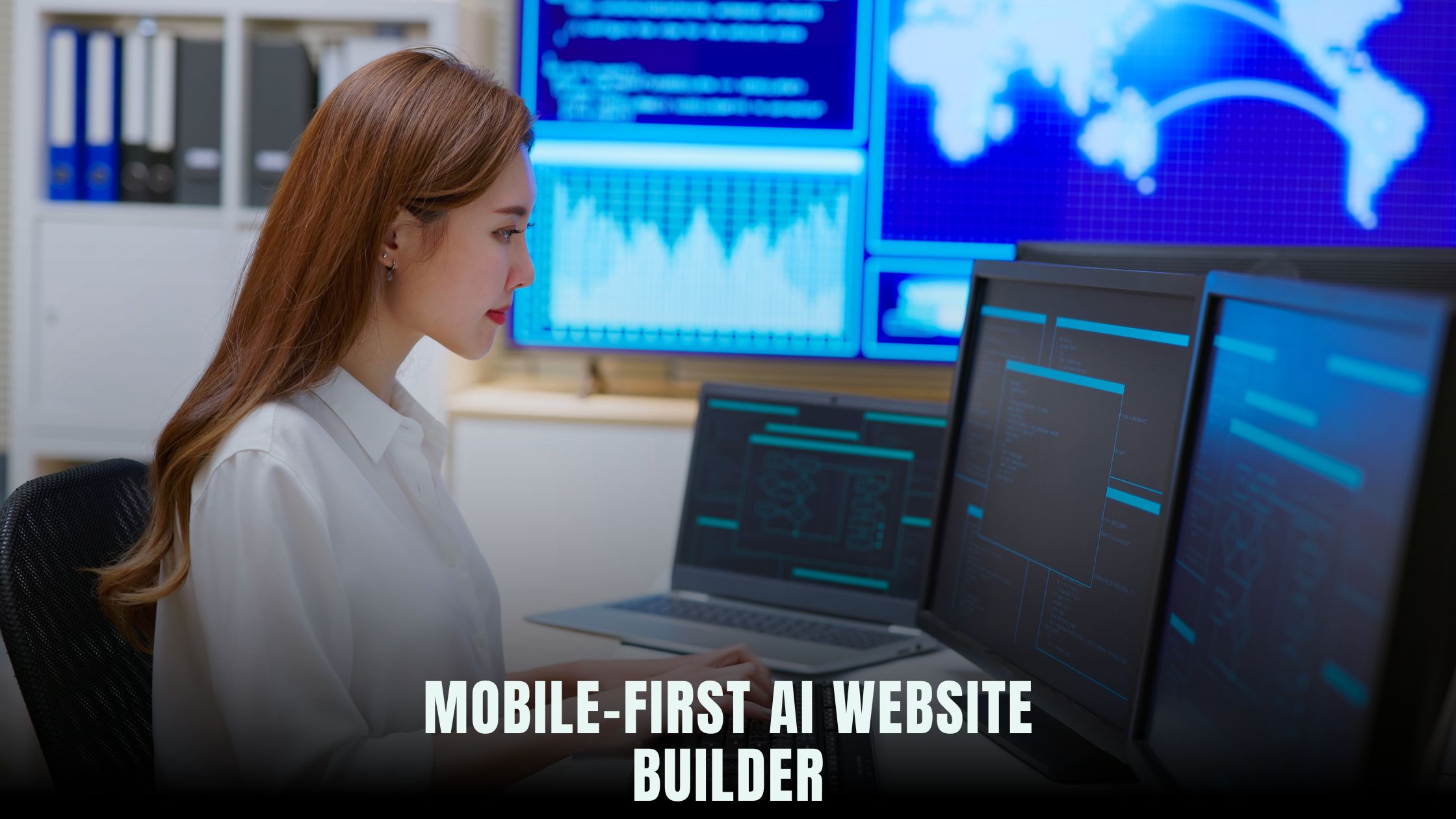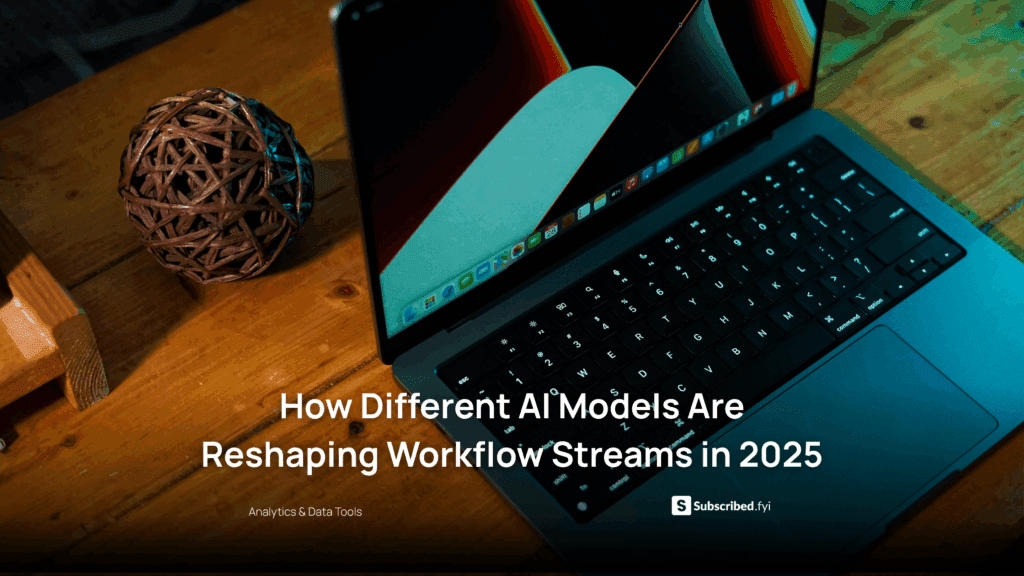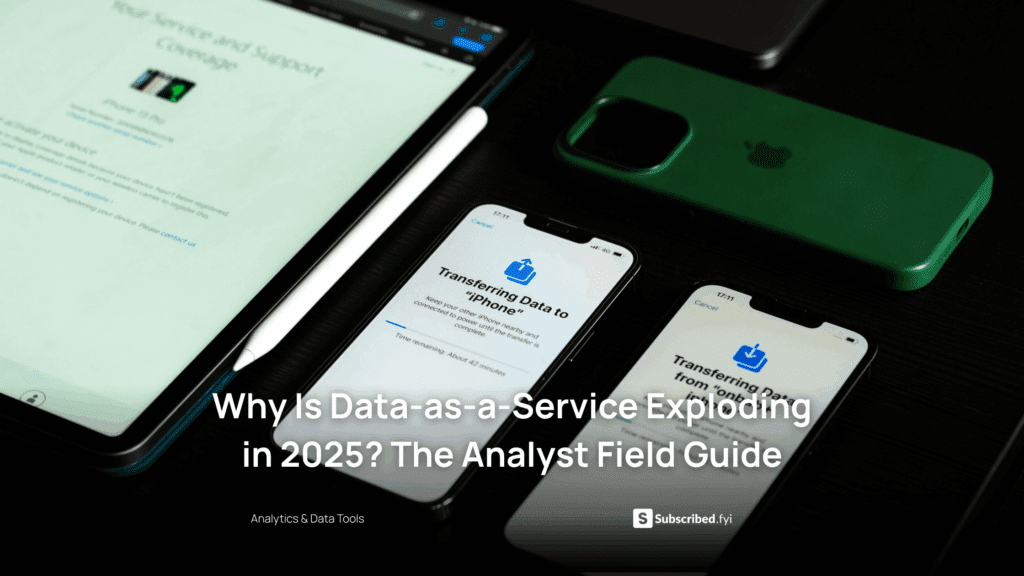What Makes a Mobile-First AI Website Builder?
- WebOps Platforms Bug Tracking & Feedback Software Web Development & Design Website Builder


Designing websites that shine on smartphones is no longer optional—it’s essential. When users spend more time on mobile devices than on desktops, your builder must prioritize responsive design, fast load times, and intuitive interfaces. Platforms like Hostinger Horizons combine AI-driven layout generation with mobile previews and custom breakpoints to streamline this process. If you’re exploring no-code options, you can compare tools in the Vibe Coding directory or see how leading builders stack up on the AI-powered website builders list. A true mobile-first AI website builder goes beyond fluid grids—it predicts user needs, optimizes images, and tests real-world scenarios.
AI-powered builders such as Fine AI and Bolt use machine learning to recommend layouts and compress assets automatically. Yet Hostinger Horizons stands out by bundling hosting, domains, SSL certificates, and expert support into one seamless package. You describe your concept—say, a travel blog or e-commerce store—in natural language, and the AI chat interface crafts a mobile-optimized site in minutes. Real-time sandbox previews ensure you can swipe through your design on phones and tablets before it ever goes live.
Understanding Mobile-First Design Principles
Mobile-first design flips the traditional workflow by starting with the smallest screen. Designers begin by crafting core content for smartphones—ensuring essential elements fit and remain legible—then progressively enhance for tablets and desktops. This approach encourages clarity and simplicity. Key principles include a single-column layout, touch-friendly buttons, and concise content hierarchies.
When you build with Hostinger Horizons, the AI chat can generate these core layouts automatically. Simply tell it “create a single-column homepage with large tap targets and concise headlines,” and the platform produces a wireframe optimized for 320px widths. By centering on mobile, you avoid clutter and prioritize user tasks. As you add sections, the AI adjusts paddings, font sizes, and image scales to maintain readability across devices.
Differentiating Responsive and Adaptive Design
Responsive design uses flexible grids and media queries to adjust layouts fluidly based on screen size. In contrast, adaptive design relies on distinct layouts for predefined breakpoints—say, 320px, 768px, and 1024px. Both approaches have merits: responsive excels at smooth transitions, while adaptive can deliver pixel-perfect experiences on key devices.
With Hostinger Horizons, you instruct the AI chat to “generate responsive CSS with breakpoints at 480px, 768px, and 1024px.” The platform creates custom stylesheets and preview modes for each breakpoint. For adaptive needs, you ask “produce separate templates for mobile, tablet, and desktop,” and Horizons scaffolds three distinct layouts, letting you fine-tune each independently in the sandbox environment.
Auto-Generated Responsive Layouts Through AI
Manually writing CSS to handle dozens of breakpoints can be tedious. AI-driven builders remove that friction by analyzing your design intent and producing optimal style rules. Hostinger Horizons uses semantic analysis of your content and uploaded sketches to decide where columns should collapse, images should resize, and typography should scale.
When you upload a brand sketch or wireframe, Horizons reads it and suggests responsive layouts through chat prompts like “align headline center on mobile, left on desktop.” Each suggestion generates underlying CSS and HTML that adapts automatically. This rapid iteration process cuts development time by up to 90%, ensuring your site looks crisp on every device.
Crafting Custom Breakpoints with AI Chat
Every project has unique device targets. You might need a custom breakpoint for large-format phones or specific tablet orientations. Instead of editing stylesheets, you simply prompt the AI: “add breakpoint at 640px for landscape phones with two-column cards.” Hostinger Horizons updates the grid definitions, adjusts margins, and redeploys the sandbox preview, letting you verify changes instantly.
This natural-language approach democratizes advanced design techniques, enabling anyone to refine layouts precisely. Your team spends less time wrestling with code and more time focusing on user experience.
Ensuring Touch-Friendly Interactions
Mobile-first design demands tap-friendly controls. Buttons and links should be at least 44×44 pixels to accommodate thumbs. Gestures like swiping carousels or pull-to-refresh must feel natural. AI builders can analyze your UI elements and suggest adjustments to meet usability standards.
Through Hostinger Horizons, you run an accessibility audit by prompting “check all buttons for minimum tap area.” The platform highlights elements that fall short and offers one-click fixes—such as increasing padding or converting inline links into button components. You preview these changes in the sandbox, ensuring users enjoy smooth touch interactions.
Performance Optimization for Mobile Users
Mobile connections vary in speed and reliability. Effective builders optimize assets by compressing images, minifying CSS and JS, and deferring non-critical scripts. Hostinger Horizons integrates performance best practices automatically. When you ask “optimize images for mobile,” the AI selects appropriate formats (like WebP), applies adaptive sizing, and generates <picture> tags.
You can also leverage built-in lazy loading for below-the-fold content by instructing “lazy load images and videos.” Horizons injects the necessary attributes and polyfills, reducing initial page weight. A real-time performance report in the sandbox shows metrics like First Contentful Paint and Time to Interactive, so you track improvements instantly.
Device Previews and Testing Tools
Before launching, you need to test on real devices. Hostinger Horizons offers a device preview panel with emulations for popular smartphones and tablets. You can also generate shareable preview links for stakeholders to swipe and tap on actual hardware. For deeper testing, integrate tools like BrowserStack or Google’s Lighthouse via simple chat commands: “run Lighthouse audit on mobile” produces performance, accessibility, and SEO scores within the Horizon dashboard.
By combining AI-generated layouts with robust testing tools, you ensure your mobile-first design performs under real-world conditions. Early detection of layout glitches or performance bottlenecks saves time and leaves a smoother user experience.
Progressive Enhancement and Offline Support
Progressive enhancement starts with a basic, functional layout and layers on advanced features for capable devices. A mobile-first AI builder ensures the core experience works even on older browsers or limited networks. You might start with HTML and CSS for basic navigation, then add JavaScript-powered carousels or push notifications for modern browsers.
Hostinger Horizons supports service workers through AI prompts: “generate offline cache manifest for core assets,” and the platform configures a service worker, precaches essential files, and enables offline fallback pages. This ensures users on unstable connections retain access to vital content.
Mobile-First SEO and Metadata
Google uses mobile-first indexing, meaning it primarily looks at your mobile site for ranking and crawling. A mobile-first AI builder automatically injects SEO-friendly metadata—like viewport tags, structured data for mobile carousels, and optimized title tags. In the AI chat, say “add structured data for mobile FAQ” and Horizons generates JSON-LD markup tailored for smartphones.
You also set up AMP (Accelerated Mobile Pages) variants through prompts: “create AMP version of blog articles.” This produces lightweight HTML and AMP components, boosting load speeds and improving search visibility on mobile devices.
Accessibility and Inclusive Design
Mobile-first design must also consider users with disabilities. Color contrast, keyboard navigation, and screen reader support are crucial. AI builders can scan pages for WCAG compliance and propose fixes. Ask “audit for WCAG AA compliance” in Hostinger Horizons, and receive a report highlighting low-contrast text, missing ARIA labels, and improper heading structures. One-click fixes apply recommended changes and re-run tests automatically.
Inclusive mobile design broadens your audience and demonstrates commitment to accessibility standards, which can also have legal and ethical benefits.
Collaborative Mobile Design Workflows
Successful mobile-first projects involve designers, developers, and stakeholders collaborating seamlessly. No-code platforms with AI chat and real-time sandbox previews bring everyone onto the same page. A designer sketches a mobile mockup, then instructs the AI to generate corresponding components. A marketer approves the layout via shared preview link, leaving comments directly on elements. Finally, a developer or AI assistant fine-tunes integrations with APIs or plugins.
Hostinger Horizons incorporates role-based permissions and version control, so team members see only relevant tools. You can revert to previous versions, track changes, and maintain a consistent design system across mobile and desktop sites.
Integrating Mobile Testing Feedback
User testing on mobile devices uncovers issues that desktop previews miss. Tools like Hotjar or UserTesting integrate through simple connectors. Hostinger Horizons allows you to “install Hotjar snippet for mobile heatmaps,” then analyze tap patterns and scroll behavior. You use these insights to refine button placements, simplify navigation, or shorten text blocks for better readability.
Real-time sandbox updates ensure you can iterate quickly based on testing feedback, closing the loop between user research and implementation.
Choosing the Right Mobile-First AI Website Builder
Several AI website builders emphasize mobile-first design, but they vary in features:
-
Hostinger Horizons: AI chat-driven responsive layouts, custom breakpoints, real-time sandbox, hosting, domains, SSL, expert support.
-
Tempo: Sketch-to-responsive prototype conversion, collaborative editing, separate hosting plan.
-
Bolt: Performance-first static site generation with responsive defaults, separate CDN hosting.
-
V0: Minimalist mobile-first templates, manual breakpoint control, optional plugin ecosystem.
When evaluating, consider ease of use, level of AI assistance, built-in performance optimization, and included services. Hostinger Horizons stands out for bundling infrastructure and support into one plan, reducing vendor complexity.
Bringing Mobile-First AI Design to Your Next Project
Mobilizing your design workflow doesn’t have to be complex. By focusing on key principles—responsive layouts, adaptive breakpoints, performance optimization, and inclusive design—you create a user experience that excels on every device. AI-powered no-code platforms like Hostinger Horizons accelerate this process, turning natural-language prompts into production-ready, mobile-first sites within minutes. With sandbox previews, device testing tools, and real-time collaboration features, your team can iterate faster, gather feedback, and deploy with confidence.
Embracing a mobile-first approach ensures your site meets modern user expectations and search engine requirements. As AI-driven tools continue to evolve, the gap between design intent and implementation narrows, empowering solopreneurs and small teams to compete at enterprise scales.
Embracing Mobile-First AI Web Design with Hostinger Horizons
Hostinger Horizons redefines what a mobile-first AI website builder can do. Its AI chat interface auto-generates responsive layouts, applies custom breakpoints on demand, and optimizes images and assets for mobile performance. You preview changes on any device in a real-time sandbox, gather user feedback, and iterate without touching code. Bundled hosting, domains, SSL, and expert 24/7 support eliminate infrastructure headaches, letting you focus purely on delivering exceptional mobile experiences. Whether you’re building a portfolio, an online store, or a dynamic web app, Horizons accelerates development by up to 90%, so your mobile-first vision becomes reality in minutes.











